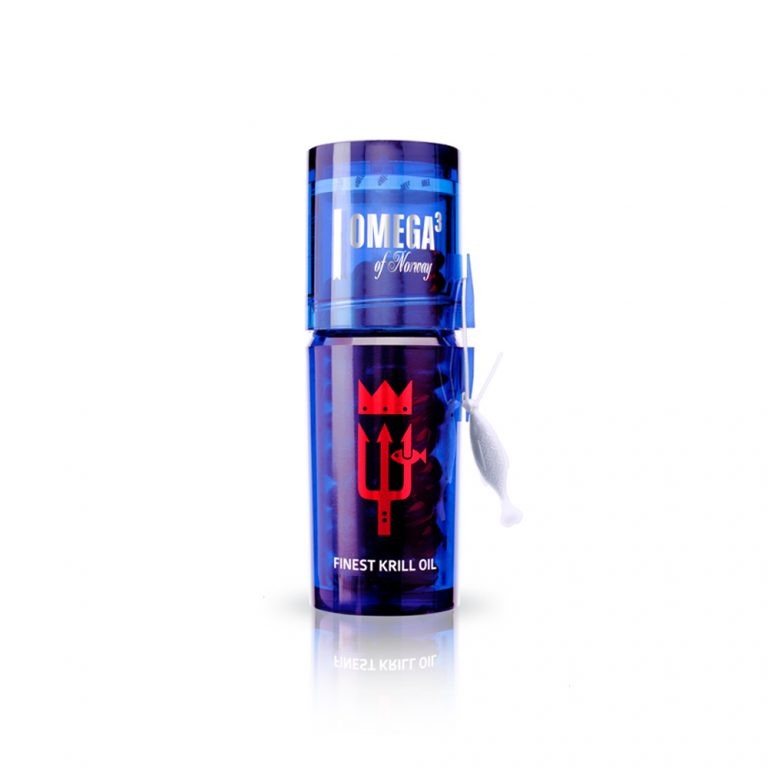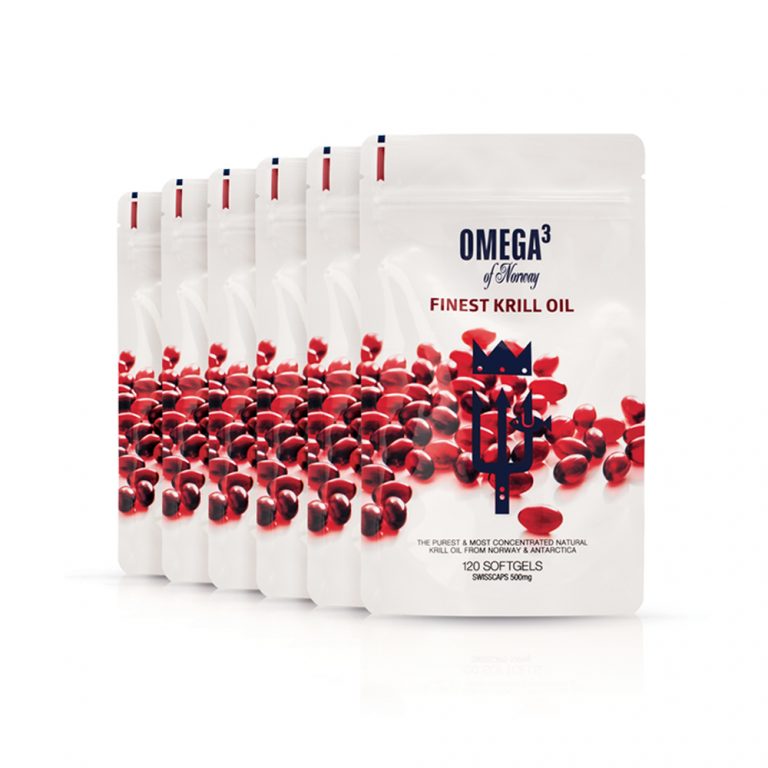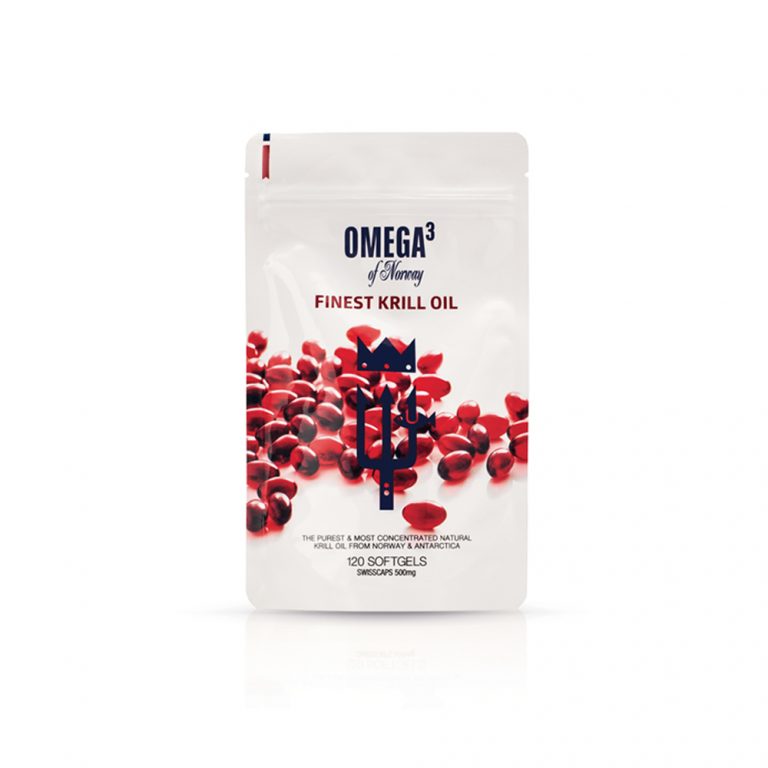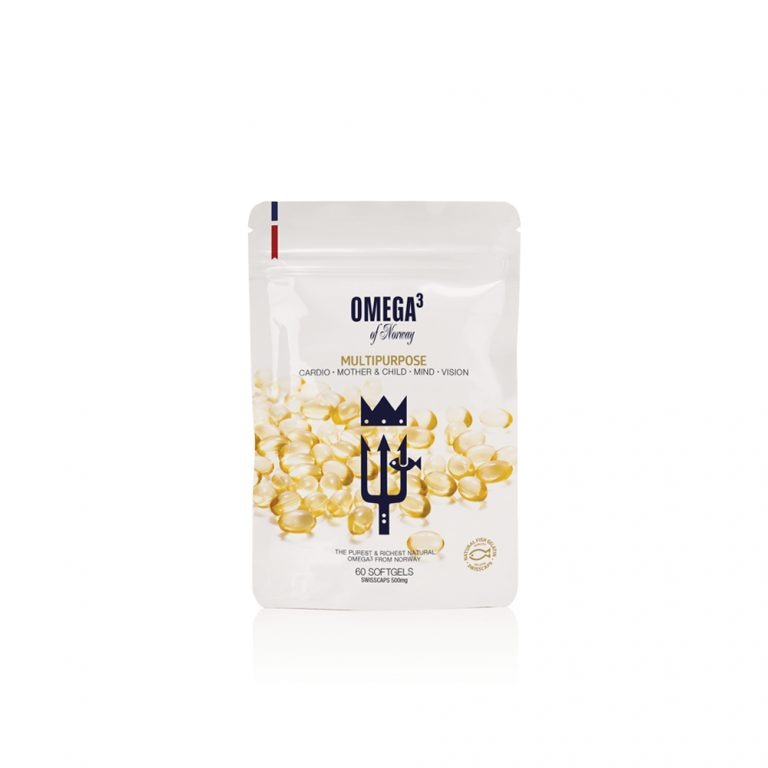Getting ready to wrap up the year and another decade and set your resolutions for 2020? Here are some tips on making the most of this new year and grow into your best self.
After we’ve looked at habits in the last article and how to create them, it is time to turn inwards and look at what we want to achieve and why.
Buzzwords like “mindfulness”, “awareness”, “intention” and “manifesting” have been popular recently and although they might be no more than spiritual click-bait at times, we will introduce some of those topics in a tangible way and show how they can be used to fulfill your ambitions and help you reach your full potential.
On Intention
What does “intention” or intentionality even mean? In philosophy intentionality is seen as the quality of a state of mind, when it is being directed towards something. More broadly speaking, to do something with intent is to have purpose and to be aware of what you are doing and why, and not just be carried away by the way life flows. This means to be conscious of your actions and to not fall into a rut when doing mundane tasks or habits you have built and done many times over.
Being intentional also helps with being more productive, because there is a purpose behind our actions instead of just a routine. Additionally, having a goal in mind can help you to deal with obstacles in a better way. You cannot change some of the things you will be confronted with, but you can change your reaction to them and sometimes, seeing the bigger picture and being aware of one’s own intention is all we need to see a challenge as an opportunity for growth instead of an obstacle.
Omega-3 fatty acids have been shown to have a positive impact on our brain performance and on communication between cells, which can help you to stay focused for longer.
Start With Why
To have a “Why” for what we are doing is crucial to succeeding at it. There is an interesting Ted Talk by Simon Sinek on that topic, you can watch it here. According to Sinek, to have a “Why” is to have a purpose, a cause, a belief. He uses the example of how this is important in business and leadership but it works for personal development as well. It is more important to be clear on “Why” we are doing something (we want to nourish our body in a healthy way to increase our overall wellbeing) than “How” (have a more balanced diet) and a “What” (introduce food supplements such as Norwegian organic Omega-3 fish oil to your diet).
In his visualization of the “golden circle” he uses arrows pointing outwards to indicate the direction of reasoning we should apply, starting form the “Why”.
It is important to come back to the “Why” every once in a while to remember what the whole point of the changes we are trying to make is and what motivated us in the first place. This can be helpful when we notice ourselves not following through with our habits or not being very productive.
How To Increase Your Productivity
So now we know what we want to achieve, and why. However, it is still easy to get distracted or discouraged when we have a big project ahead. But there are several techniques that can be helpful to keep us motivated and to make progress on a regular basis. Omega-3 fatty acids not only help you to stay focused, they also support the healing process of your muscles after a workout and strengthen your immune system, so you’re ready for whatever challenge you are facing.
Start by mapping out what needs to be done and then break it down into smaller and more manageable tasks you can then schedule into your calendar. When writing to-do-lists, it is easy to get carried away and set yourself unrealistic expectations about what you can achieve in a day. Try to focus on 3 things that are the most important ones for each day. This will result in setting achievable daily goals and helps you to stay motivated because you will be more likely to tick off all your tasks for the day.
Be clever with your schedule once you know what needs to be done: work out what your most productive time of the day is and work on your most difficult and complex tasks then. Some might get most work done early in the morning while other people might be more of a “night-owl” type and only start to be really productive later in the evenings. The Pomodoro-Technique is another tool to increase your productivity. Set a timer for 25 minutes to work without distraction and then take a 5-minute break. This will help you to stay productive and by making sure that you get enough breaks, you will be able to work without distractions the rest of the time.

















